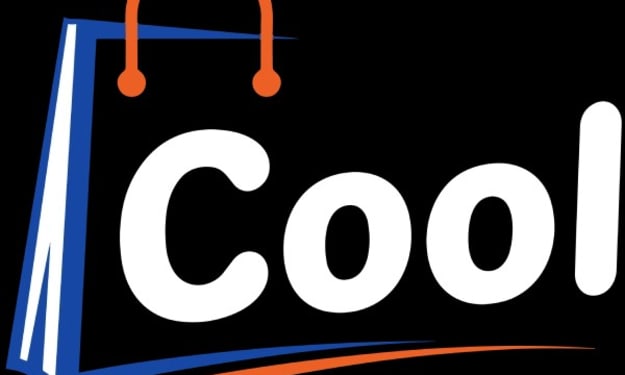The Waterfall Methodology: A Comprehensive Guide to Project Management
A Linear Approach to Project Management: Understanding the Six Stages of the Waterfall Methodology.

Project management is the process of planning, organizing, and controlling resources to achieve specific goals within a specified time frame.
One of the most popular project management methodologies is the waterfall methodology.
A waterfall methodology is a linear approach to project management that is used to manage projects that have well-defined, predictable outcomes.
This article will explore the waterfall methodology in detail, its advantages, disadvantages, and when it is best used.

What is the Waterfall Methodology?
The waterfall methodology is a traditional project management approach that is commonly used in software development, construction, and engineering projects.
The waterfall methodology is called a “waterfall” because each phase flows sequentially into the next, like a waterfall.
The waterfall methodology consists of six distinct phases that must be completed in a linear sequence. These phases include:
Requirements gathering and analysis: This phase involves identifying the project requirements and analyzing them to ensure they are achievable.
Design: The project design is created, including technical specifications, project scope, and architecture.
Implementation: The project team builds and tests the product or system.
Testing: In this phase, the product or system is thoroughly tested to ensure it meets the requirements and specifications.
Deployment: Here, the final product is released to the end users.
Maintenance: Finally, the product or system is maintained and updated as needed.

Advantages of the Waterfall Methodology
Clear and well-defined stages: The waterfall methodology provides a clear and structured approach to project management, where each stage has a specific objective. This helps project teams to stay on track and remain focused on the goals of the project.
Easy management: The linear and sequential nature of the waterfall methodology makes it easy to manage. It is easy to track progress and identify any issues that need to be addressed because each stage must be completed before moving on to the next.
Client involvement: The waterfall methodology allows for client involvement in each stage of the project, ensuring that the final product meets their requirements and expectations. This also helps to reduce the risk of misunderstandings and rework.
Documentation: The waterfall methodology requires detailed documentation, which can be useful for future projects or references. This documentation provides a clear record of the project and can be helpful for maintenance and updates after the project is completed.
Predictability: The waterfall methodology is a predictable approach to project management. Since each stage flows sequentially into the next, the project team can anticipate what is coming next, and the client can have a clear understanding of the timeline and budget.

Disadvantages of the Waterfall Methodology
Inflexible: The waterfall methodology is inflexible and does not allow for changes once a stage is complete. This can be problematic if the client's requirements change or if issues arise during implementation.
Lengthy timelines: The linear and sequential nature of the waterfall methodology can result in lengthy timelines, which can be frustrating for clients and project teams.
Lack of collaboration: The waterfall methodology does not prioritize collaboration between project team members, which can lead to silos and miscommunication.
Testing at the end: The waterfall methodology delays testing until the end of the project, which can result in significant delays and rework if issues are found.

When to Use the Waterfall Methodology
The waterfall methodology is best used when the project requirements are well-defined and unlikely to change. It is also appropriate for projects with a fixed budget and timeline, with well-defined scope.
The waterfall methodology is ideal for projects that require a high degree of documentation, such as software development, construction, and engineering projects.
Conclusion
The waterfall methodology is a traditional project management approach that is useful for managing projects with well-defined requirements and fixed timelines.
It provides a clear and structured approach to project management, but it can also be inflexible and lengthy.
The key to success with the waterfall methodology is to ensure that the project requirements are well-defined and that the client is involved in each stage of the project.





Comments
Wu Chin Sheng is not accepting comments at the moment
Want to show your support? Send them a one-off tip.